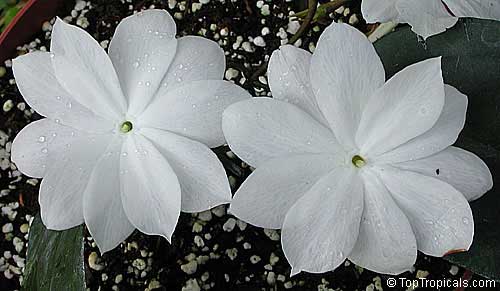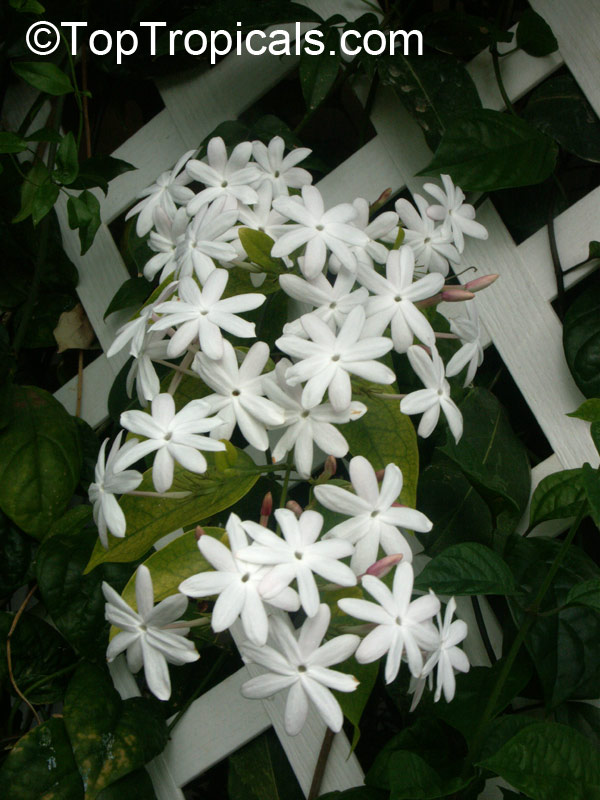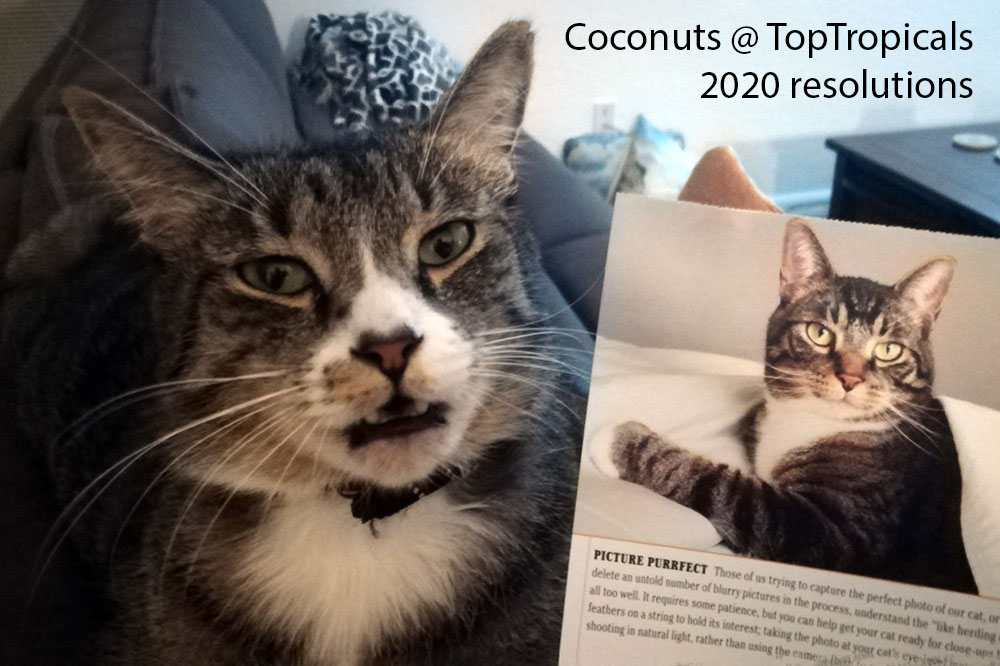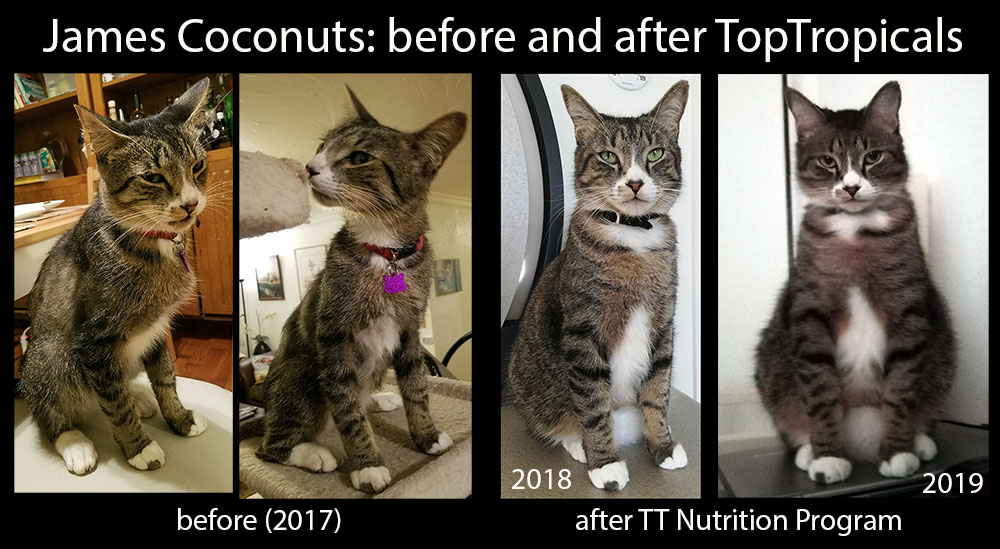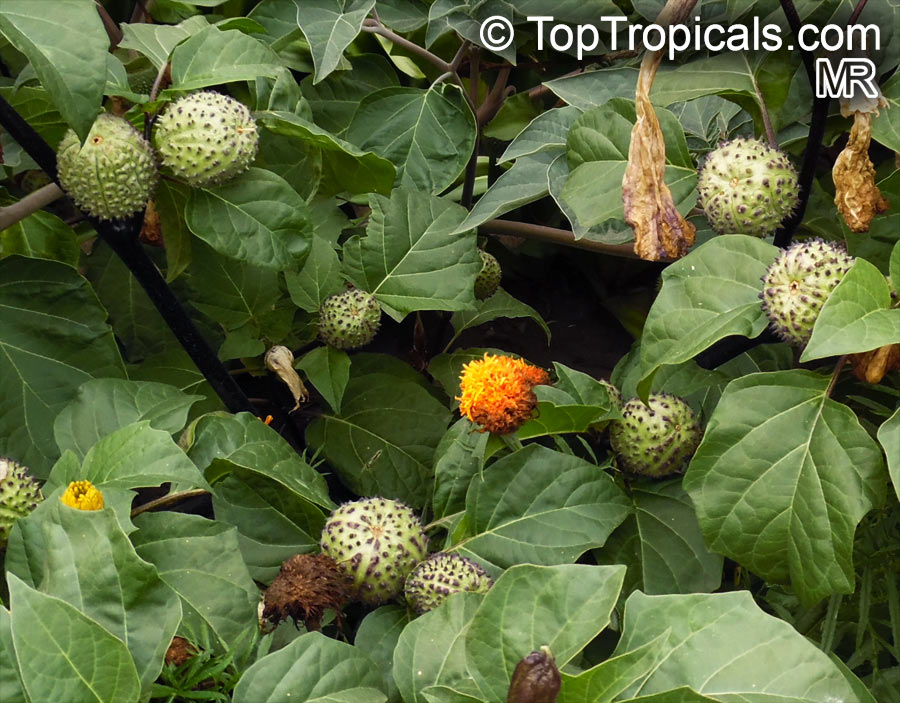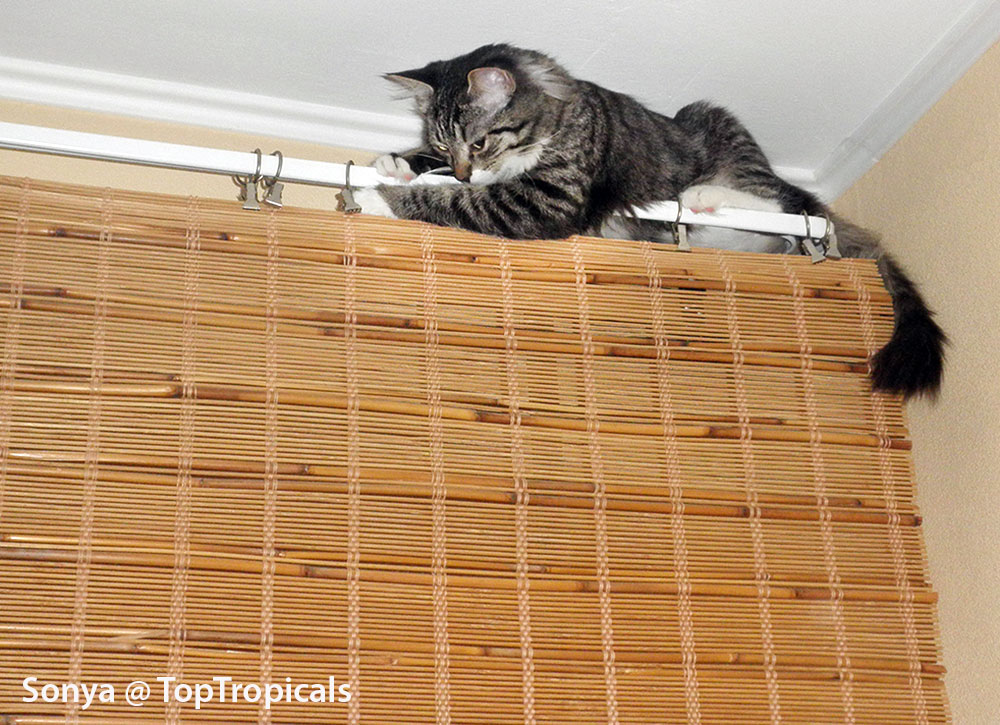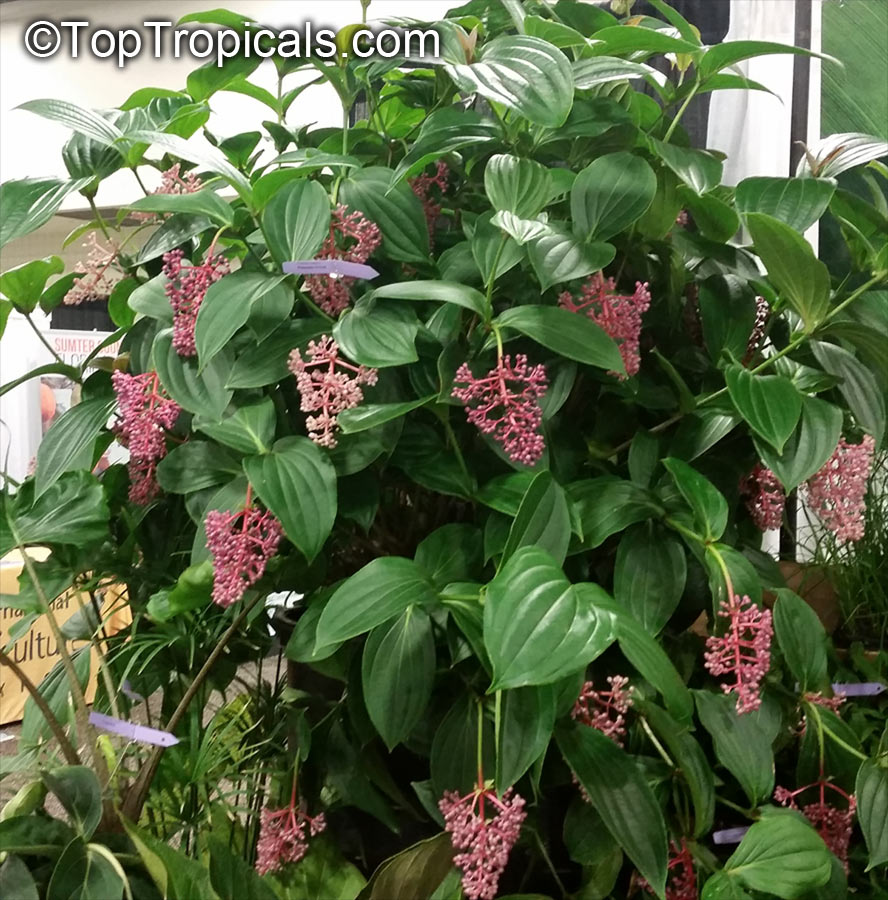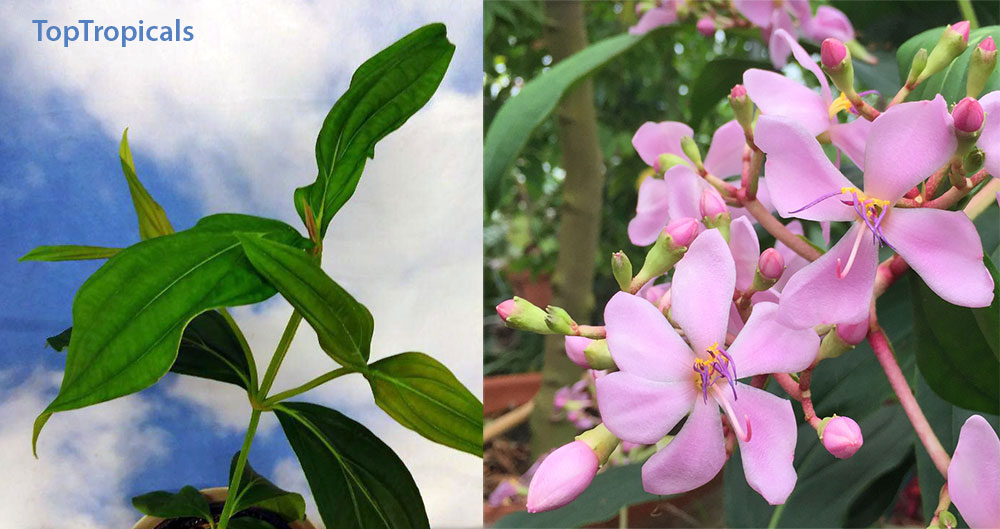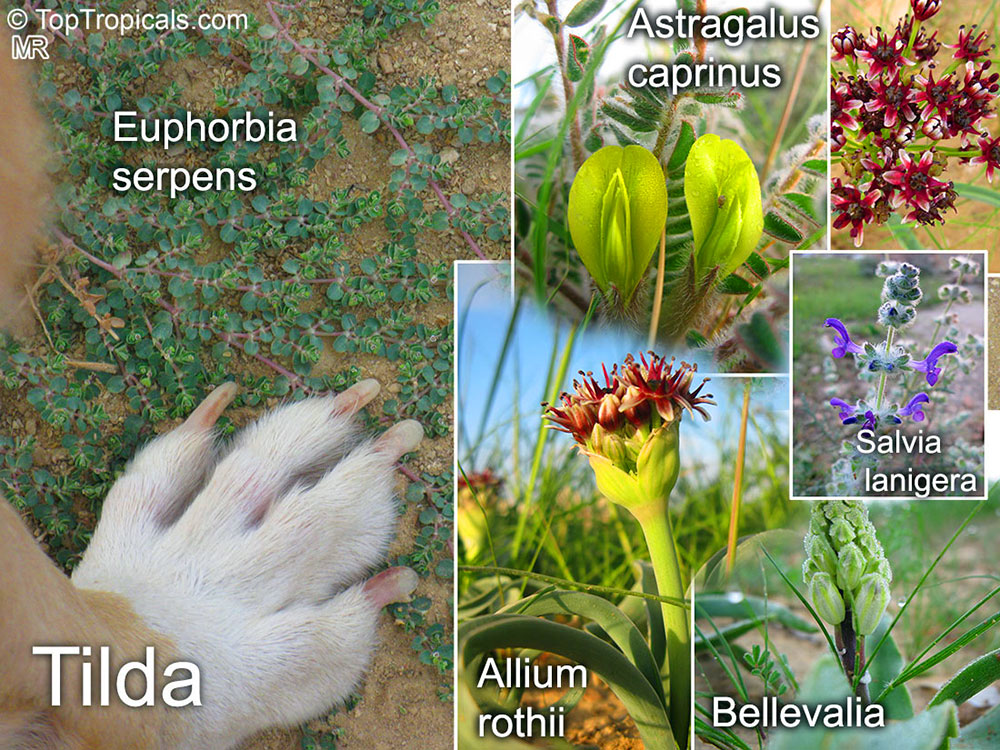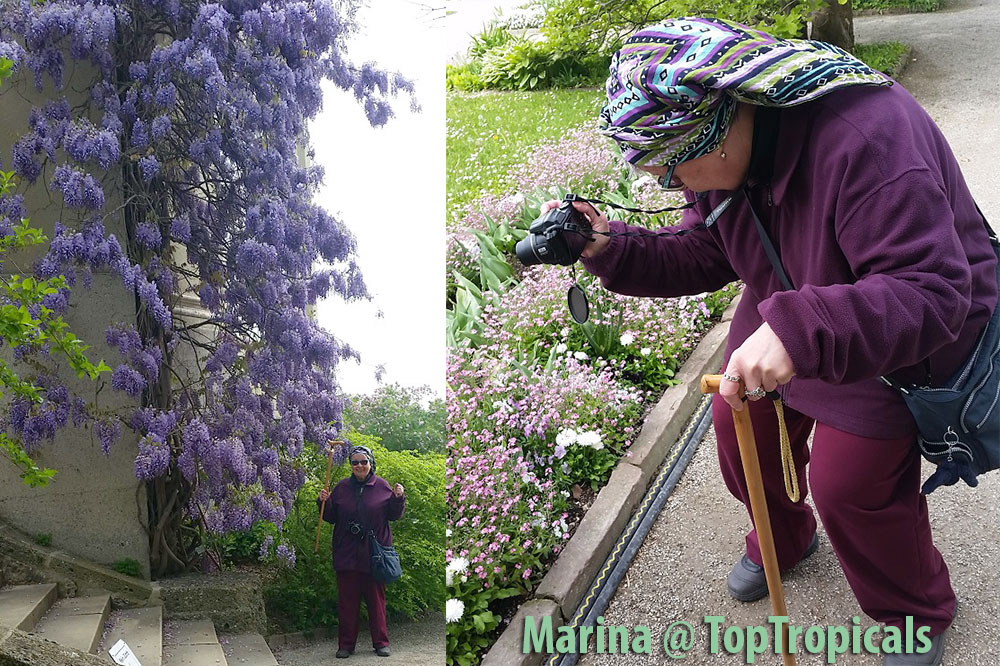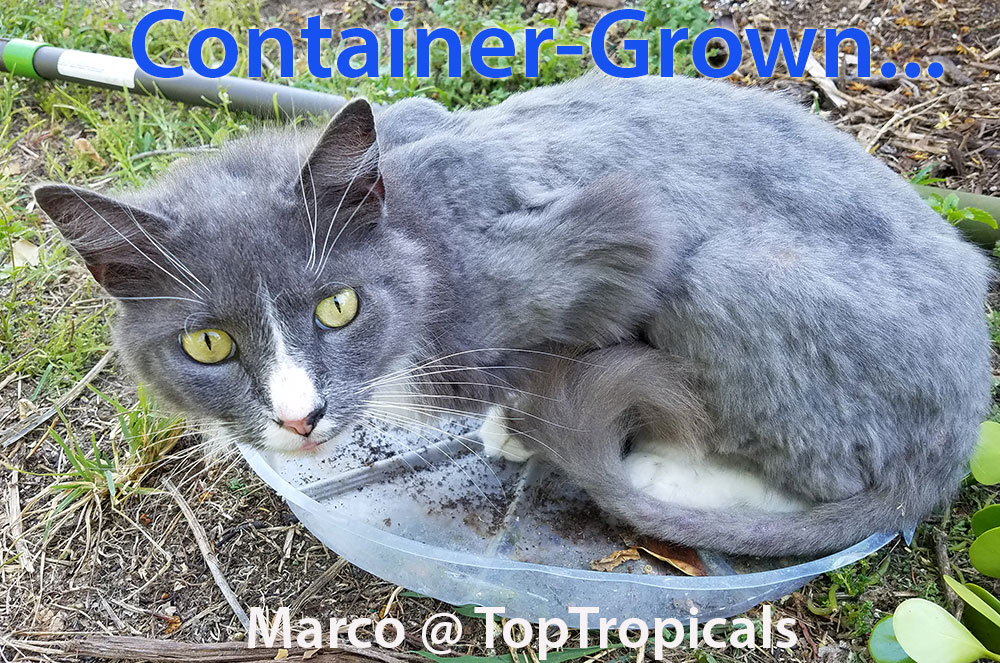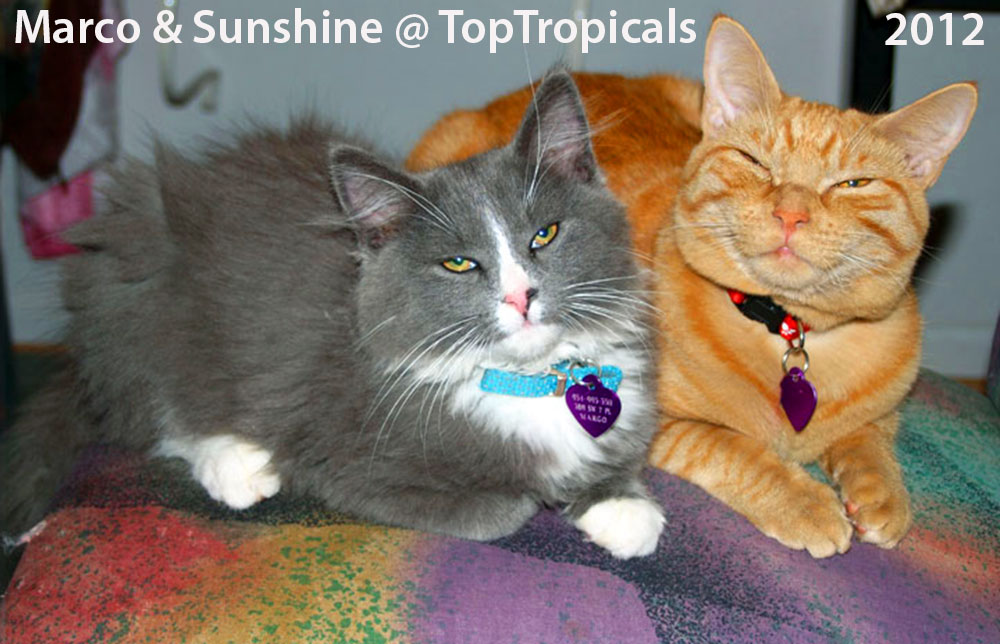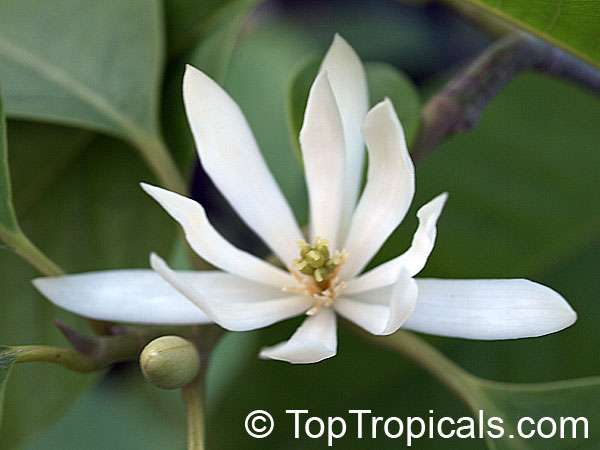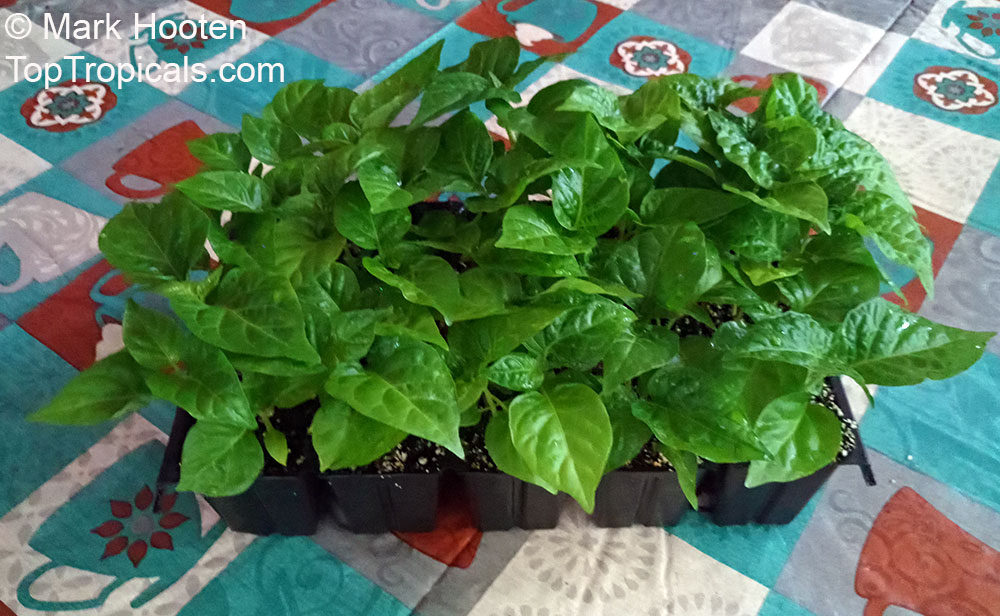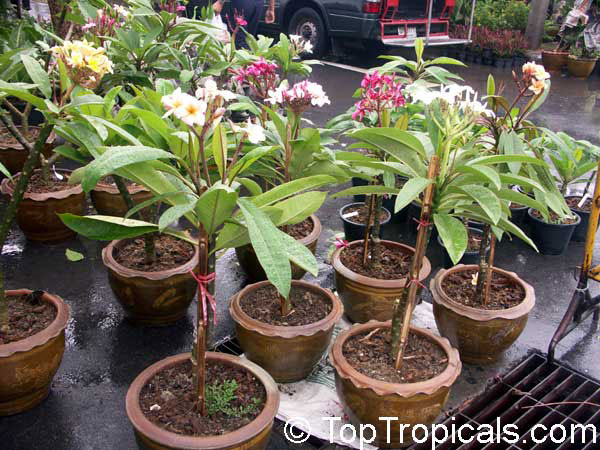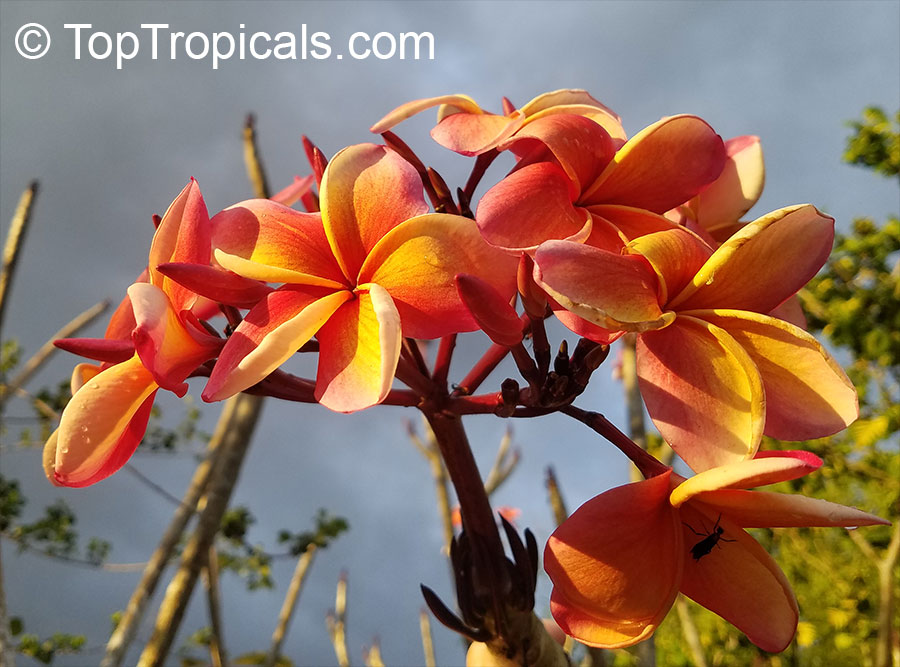Date:
Jasmine Rex - the hero of all jasmines
Q: I was getting ready to place my order and I saw this plant and it's beautiful. I would love to have it. What does it need to thrive? As far as light, temperature, humidity.
A: Jasminum rex indeed is a very unusual, spectacular jasmine.
Unlike other jasmines, this one has almost no fragrance, however the blooms
look so amazing that it became one of our favorite plants. Flowers are 2-3
inches across! It blooms profusely, covered with dozens of flowers for many
days to a few weeks.
Jasmine Rex is not the easiest jasmine to grow, however it is not difficult
either as long as you know its needs. The main critical factor is excellent
drainage. It doesn't like soggy soil or wet feet. At the same time it needs
regular watering. Full sun is also a must for flowering.
Humidity is not a critical factor. Remember it is a tropical plant that
needs frost-free environment. It is more cold sensitive than other jasmines
although it may survive a few hours of light frost.
Once established, it grows vigorously. Make sure to apply fertilizer during
active growth (when temperatures stay above 65F). We recommend Sunshine nutrition system through the whole year.
Additionally, you can apply flowering fertilizer Megaflor during summer.
Make sure to plant it in a sunny spot using very good quality soil, and do
not overwater.
